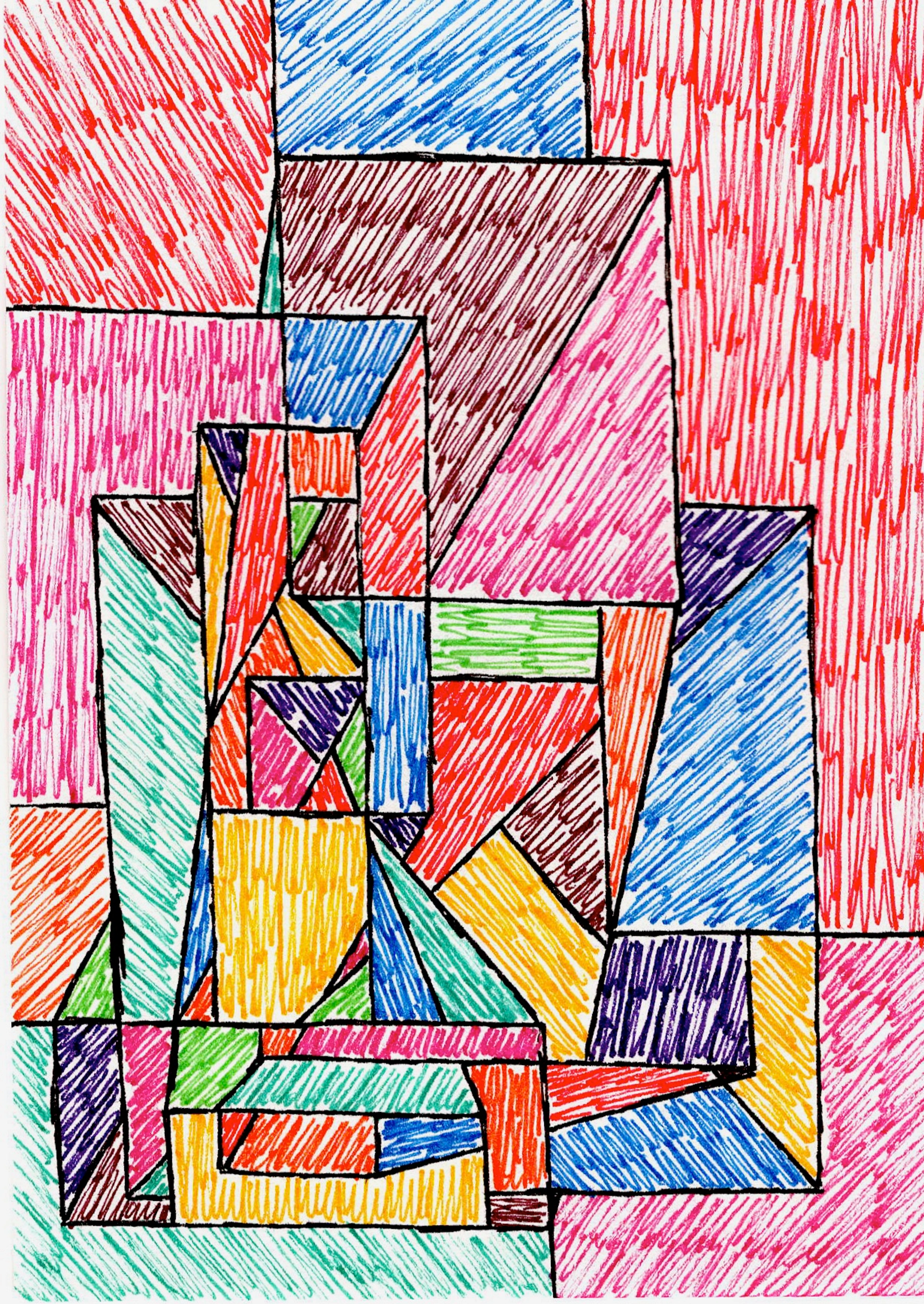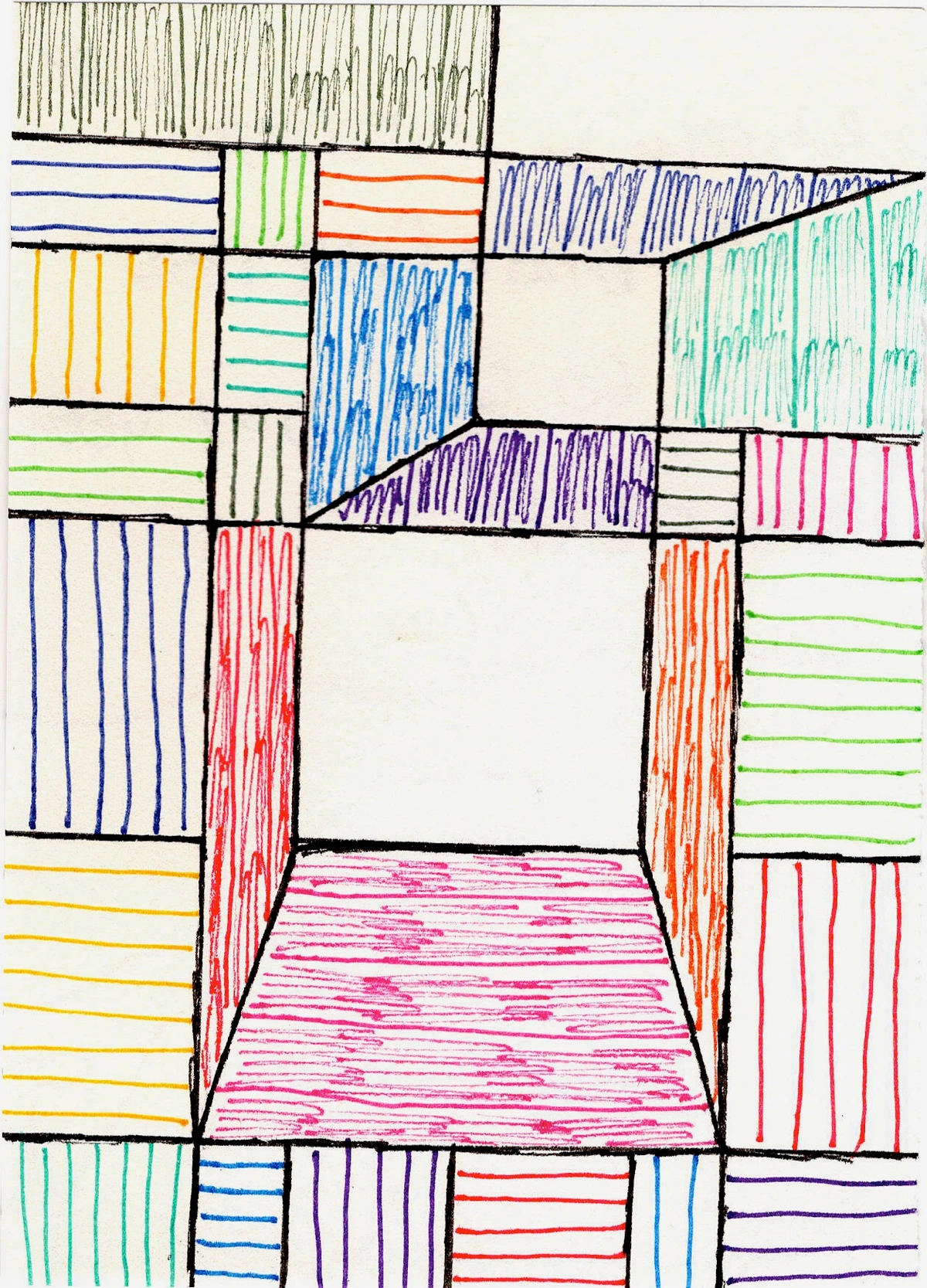
The Art of Illusion: Unpacking Foreshortening in Art
Ever wondered how artists create breathtaking depth and realism? Explore foreshortening: its definition, history, and how this powerful technique transforms two-dimensional surfaces into immersive worlds.
The Art of Illusion: Unpacking Foreshortening in Art
I've always been captivated by the way a flat surface can trick our eyes into seeing profound depth. It's a kind of magic, really, isn't it? One of the most fascinating aspects of this visual wizardry in art is foreshortening. It's a term you might have heard, perhaps in the context of Old Masters, but its principles are woven into the very fabric of how we perceive three-dimensional forms on a two-dimensional plane. So, what exactly is it, and why has it been such a pivotal technique for artists through the ages?
What is Foreshortening? A Curator's Perspective
At its core, foreshortening is a visual effect that makes an object or distance appear shorter than it actually is because it is angled obliquely to the viewer. Imagine an outstretched arm pointing directly towards you. If you were to draw it as it appears to your eye, the upper arm and shoulder would look significantly smaller and compressed compared to the hand, which would appear much larger, closest to your vantage point. This isn't because the hand is truly bigger than the arm, but because of the way light rays project from the subject to our eye, converging on a single point. This optical illusion is what artists strive to capture.
It’s an essential tool for creating the illusion of volume and recession in space, working hand-in-hand with perspective to give a sense of realism and dynamic movement to figures and objects. Without foreshortening, figures would often appear flat, stiff, or unnaturally long.

A Journey Through Time: Foreshortening's Evolution
While the concept of diminishing size with distance is intuitive, its systematic application in art wasn't always a given. Early civilizations often depicted figures frontally or in profile, valuing clarity and symbolism over realistic spatial recession. It was during the Renaissance that artists truly began to master foreshortening, leading to an explosion of realism and dramatic narratives in painting and sculpture. If you've explored the ultimate guide to Renaissance art, you'll know this era was a powerhouse of innovation.
- Andrea Mantegna's Lamentation of Christ (c. 1480): This is perhaps the most famous example. Christ's body is depicted from a drastic foot-first angle, his feet appearing disproportionately large as they project towards the viewer, creating an incredibly poignant and realistic sense of a receding body. It's a masterclass in emotional impact through technical skill.
- Michelangelo's Sistine Chapel Ceiling (1508-1512): Look up at the Creation of Adam and observe the figures, particularly God and Adam. The way their forms are rendered, especially the musculature and limbs, uses foreshortening to give them immense power and three-dimensionality, making them leap from the vaulted ceiling.
As art evolved, so did the application of foreshortening. Baroque artists like Caravaggio pushed its dramatic potential even further, often using extreme angles to pull the viewer into the scene, creating tension and immediacy.
The Mechanics: How Artists Achieve Foreshortening
Achieving convincing foreshortening isn't merely about shrinking parts of an object; it's about understanding anatomy, light, shadow, and the principles of linear perspective.
- Observation is Key: Artists spend countless hours observing how forms appear from different angles. This isn't something you can simply intuit; it requires diligent study and practice.
- Understanding Anatomy: Especially for human figures, a deep knowledge of bones and muscles allows artists to convincingly distort and compress forms without losing structural integrity.
- Linear Perspective: Foreshortening works within the framework of linear perspective, where parallel lines appear to converge at a vanishing point on the horizon. Elements closer to the viewer are larger, and those receding into the distance become smaller. This interplay is crucial for an overall sense of depth. You can delve deeper into this in our article on the definitive guide to perspective in art.
- Value and Form: Shading and highlights are used to define the planes of a foreshortened object, making its compressed form still feel solid and three-dimensional.

Foreshortening Beyond Realism: Modern and Abstract Interpretations
While foreshortening is traditionally associated with representational art, its underlying principles of manipulating perceived depth and form continue to inform modern and abstract practices. Think about movements like Cubism, where artists like Picasso and Braque deliberately fragment and reassemble forms from multiple viewpoints. While not strictly "foreshortening" in the classical sense, they are playing with the very ideas of how objects occupy space and how we perceive them from various angles simultaneously, essentially deconstructing and reconstructing perspective and form.
Even in purely abstract works, the strategic use of overlapping shapes, diminishing sizes, and converging lines can create a powerful illusion of depth, even if the forms themselves aren't recognizable objects. It's about designing a visual language that engages the viewer's spatial understanding, creating a dynamic composition that isn't entirely flat. My own art often explores how geometric forms and vibrant colors can create a sense of movement and layered space, inviting the viewer to look beyond the surface, much like foreshortening asks us to see beyond the immediate two dimensions. You can see how these ideas play out in my art for sale or explore my artist's journey to see how my understanding of these principles has evolved.

FAQ: Your Questions on Foreshortening
Q: Is foreshortening the same as perspective? A: They are related but distinct. Perspective is the broader system used to create the illusion of depth on a flat surface, often involving vanishing points and horizon lines. Foreshortening is a specific technique within perspective, dealing with how individual objects or parts of objects appear compressed when viewed at an angle.
Q: Why is foreshortening considered difficult? A: It's challenging because it requires artists to draw what they see, not what they know to be true about an object's actual length. Our brains tend to correct for the optical illusion in real life, making it counter-intuitive to represent accurately on paper. It demands strong observational skills and a deep understanding of form.
Q: Can foreshortening be used in non-representational art? A: Absolutely! While the term traditionally applies to realistic depiction, the principles of creating apparent depth through the manipulation of size, overlap, and convergence of lines are fundamental to all art forms that aim for spatial illusion, even abstract ones.
Concluding Thoughts: The Enduring Power of Foreshortening
Foreshortening, to me, is a testament to the artist's ability to transcend the limitations of their medium. It’s not just a technical trick; it's a profound way to imbue a static image with life, movement, and emotional resonance. Whether it’s Mantegna's dramatic Christ or a contemporary abstract piece playing with geometric recession, the core idea remains: transforming the flat into the fantastic. It reminds me of the power of art to create worlds within our own, right here, perhaps even at our museum in 's-Hertogenbosch. It's a dialogue between illusion and reality, a conversation I find endlessly fascinating.




